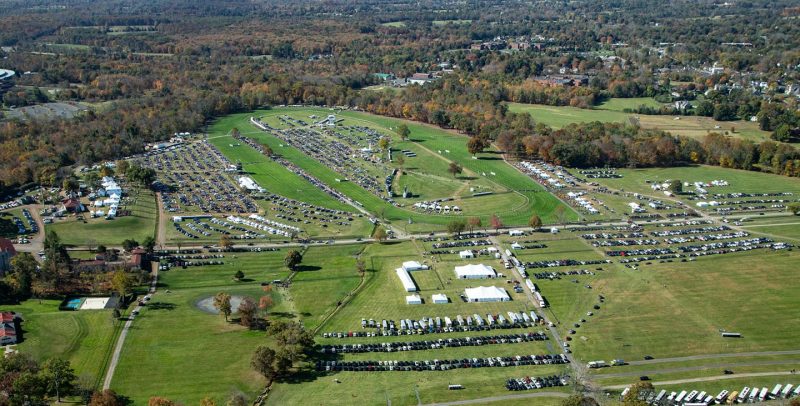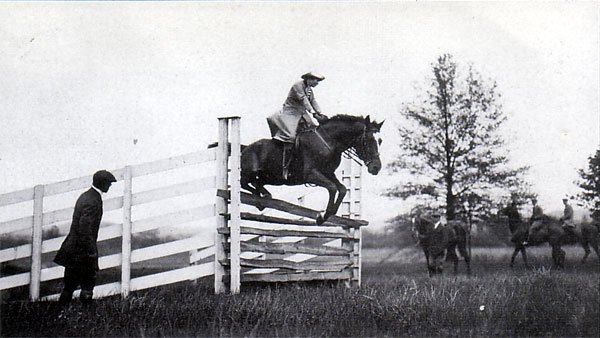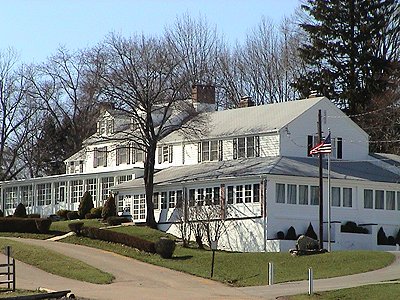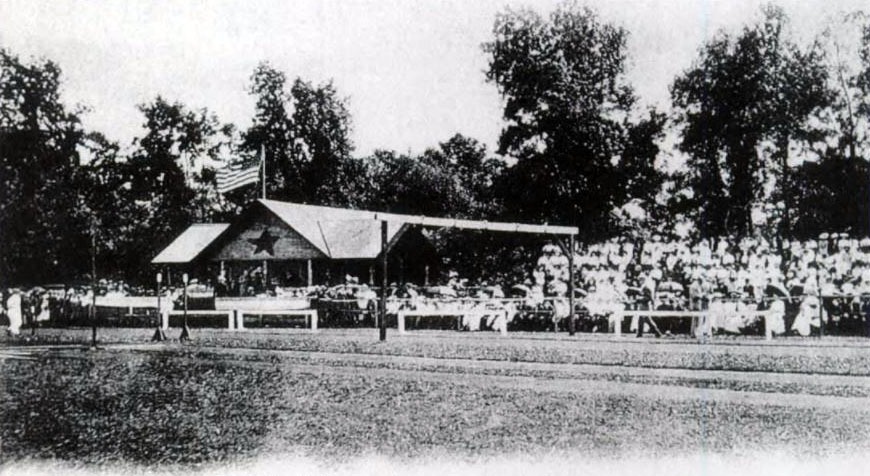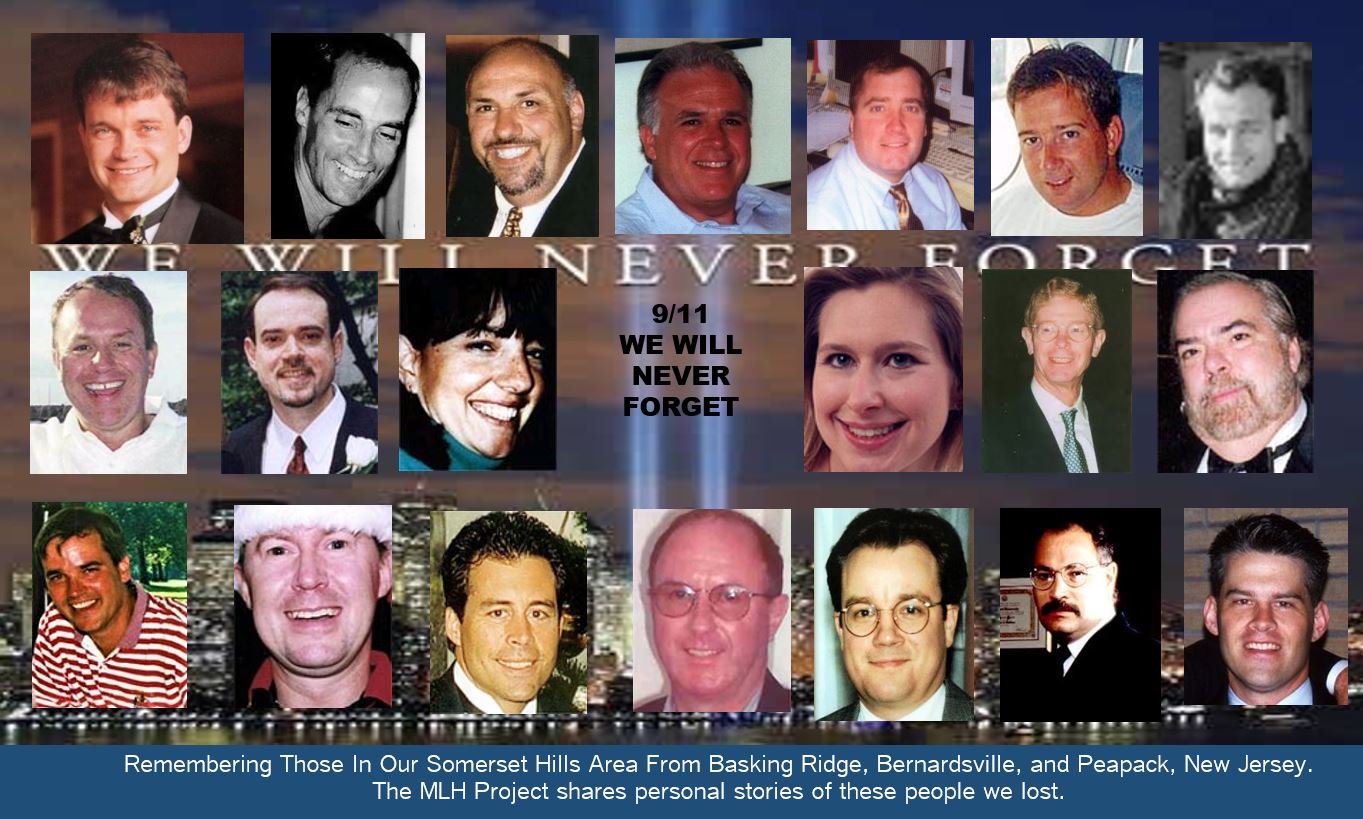The Mr. Local History Project congratulates the Far Hills Race on reaching its centennial in 2021. It is part of the fabric and history of this equestrian area of Somerset County, New Jersey.
What’s in a name? Some call it the Steeplechase, some the Far Hills Race Meeting, and some prefer to call it ‘The Hunt.’ Whichever name you choose, you’re all partially correct. While the name is officially called the Far Hills Race Meeting, hosted by the Far Hills Race Meeting Association (FHRMA), the horses return to Far Hills every year on the third Saturday in October for the exciting equestrian event.
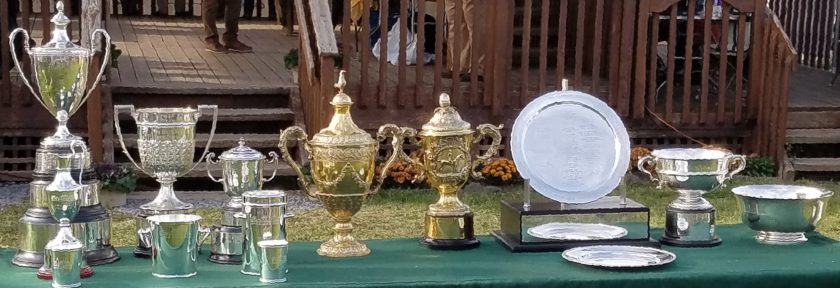
Far Hills Township swells over 40 times its normal size, from approximately 857 to almost 50,000, making it the largest population in Somerset County on this day each year. Von Stade quoted a former Far Hills official: “Fifty percent of the people come to see; 50 percent come to be seen.”
So what exactly is steeplechase? Steeplechasing includes the thrills and speed of thoroughbred racing at flat tracks. It mixes in the jumping precision to create a hybrid-like hurdle event in track and field where the premium is on speed, but the concern is focused squarely on the jumps. The races are two to four miles in length. The fences are man-made 52-inch hurdles or timber jumps constructed of posts and rails at varying heights. Thoroughbred horses, almost all of them converted flat racers, compete in 12 states at 32 National Steeplechase Association stops and at some of the nation¹s finest racetracks. More than 200 sanctioned steeplechase races worth a combined $5 million occur in the U.S. every year. For more, visit the National Steeplechase Association.
Steeplechase racing started centuries ago as part of the hunting tradition of gentrified England. Developed from the English and Irish pastime of fox hunting, hunters would test the speed of their mounts during the cross-country chase. The first recorded steeplechase took place in County Cook, Ireland in 1752, when two Irish foxhunters, Cornelius O’Callaghan and Edmund Blake, raced about 4 1/2 miles from St. John’s Church at Buttevant to St. Mary’s Church in Doneraile. St. Mary’s Steeple was known as St. Leger Steeple. Church steeples are the most prominent landmarks in the landscape, and this “chase to the steeple” gave the sport its name.
Organized steeplechase racing began about 1830, and has continued to be a popular sport in England to this day. The world’s most famous steeplechase race is England’s Grand National, held yearly at Aintree, near Liverpool, since the track opened in 1839. The sport’s popularity spread across the Atlantic from England into the American colonies, where it became popular on Long Island, Maryland, Virginia, and eastern Pennsylvania, before spreading to the Carolinas, Georgia, Massachusetts, Tennessee, and Kentucky.
Honoring 100 Years of Racing History
American Steeplechasing
The first official steeplechase race held in this country occurred in 1834 and was hosted by the Washington Jockey Club. In 1844, Hoboken racetrack owner C.S. Browning organized a jumping race in heats over 4-foot hurdles. By the 1880s the sport was especially popular at the country hunt meet. The Maryland Hunt Cup started in 1894, is among the oldest and most prestigious races in the United States, raced over post-and-rail fences. The National Steeplechase Association was formed the following year, establishing the rules and racing schedules and advancing the cause of steeplechase racing in the years since.
The Far Hills Race Meeting (FHRM) History
The founders of the FHRM are a venerable ‘who’s who in the area’ that dates back to the late 1890’s. Familiar names like Pfizer, Schley, and Turnbull blanket the area with as street names, each was an integral part of the FHRM’s inception.
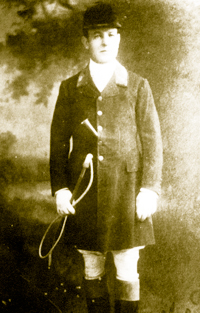
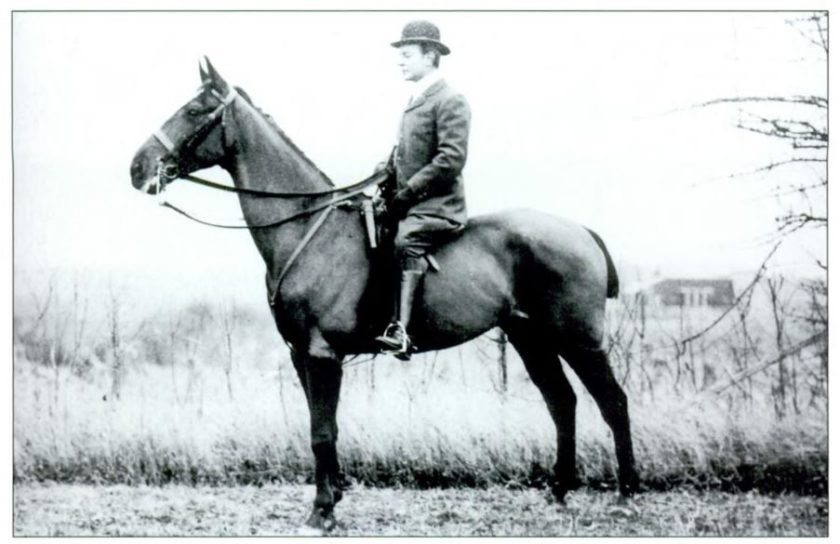
The Essex Hunt, originally sponsored by the Essex Hunt Club, was founded in 1870 in Montclair, New Jersey (Essex County). Known for being what’s called a drag hunt (where the scent of the fox was dragged over the course), the event was at the famed Essex Hunt Club.
In 1890, Charles Pfizer, son of the co-founder of the Pfizer company. bought Montclair’s Essex Hunt Club relocating it first to his friend George Seney’s estate in Bernardsville, which was next to his Pfizer’s newly acquired Yademos.
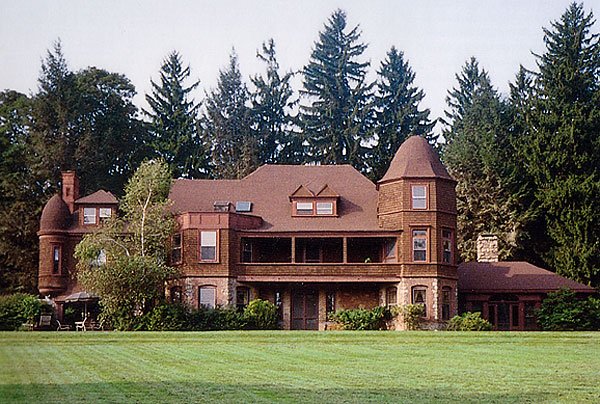
With the Essex Hunt Club firmly established in Somerset County, in February 1913 Essex Fox Hounds was incorporated with a dedicated purpose to promote fox hunting in Somerset County. Soon after the Essex Hounds Club was incorporated, a new clubhouse and a new set of kennels were built. Previously known as the old Miller Farm, the Essex Hunt Club is off Route 206 on Holland Road in Gladstone.
The Original 11 Founders of EHC
Travel back to the turn of the 20th century and you find a list of thirteen men who shaped the area known as the Somerset Hills. While the race is now in Far Hills, the original fox hounds started in Bernardsville Mountain, known as the area for the “landed gentry.” Who knows what the area would have looked like if it hadn’t been for these men moving to the area?
The Essex Hunt Club in Somerset County was incorporated and formally founded by 11 founders. Remember back in 1913, Bernardsville and Far Hills were part of Bernards Township and there was no Peapack and Gladstone, they were part of Bedminster. The Bernards Township members were really all from what’s known as today’s Bernardsville.
Frederick Bull (Bedminster), Arthur A. Fowler (Bedminster), Seymour L. Cromwell (Mendham), William A. Larned (Summit), Joseph Larocque (Bernards Twp), Clarence Blair Mitchell (Bernards Twp), Benjamin Nicholl (Morristown), Charles Pfizer (Bernards Twp), Percy R. Pyne (Bernards Twp), Kenneth B. Schley (Bernards Twp) and Arthur Turnbull (Bernards Twp).
The organizers of the Essex Hunt, led by “joint masters” Grant Schley and William Larned, incorporated as the Essex Fox Hounds in 1913 and purchased a farm near Peapack, where they would build a clubhouse, stables, and kennels.
Famous Equestrians
Below are a few photos of one of the most famous people. Jackie Kennedy, participated in the Far Hills Race in 1966 and 1971 while living in Bernardsville, New Jersey. There are still some questions about whether this is the actual Far Hills Race Meeting or the Essex Hunt Race Meeting. They are two distinct events that, over the years, have offered very different experiences. IF you know about the photos, let us know!
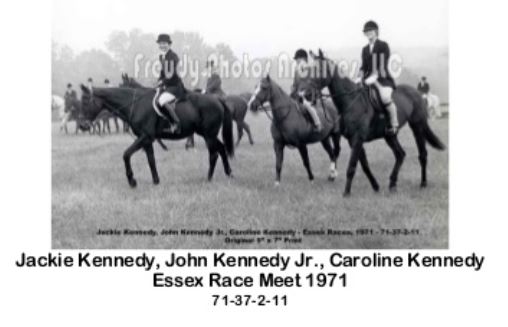
Thomas King. a longtime resident shared, “She brought her horses to our stable to board. The two ponies; Macaroni and Leprechaun and two horses, Winchester and Sardan were housed at Foxchase Stables on River Rd. in Bedminster.”

“The history of the steeplechase, a horse-rider obstacle course complete with metal fences, brick walls, shrubbery, and water crossings of varied lengths and heights, dates to 1752 in County Cork, Ireland. Legend has it that two fox hunters challenged each other to a cross-country race toward a distant church steeple, taking the most direct route regardless of the obstacles encountered along the way. The race was well-received, and a sport was born. The sport soon evolved into a social event, and the tradition was brought over to America by English and Irish settlers in the early 19th century.
SIDEBAR: Far Hills was incorporated as a borough based on an Act of the New Jersey Legislature passed on April 7, 1921, from portions of Bernards Township, subject to the results of a referendum held on May 12, 1921.Far Hills is a dry town where alcohol cannot be sold (Ironic). When the Far Hills Race is not in town, there are around 950 residents.
To thank the farmers and landowners on whose property club members hunted, the Essex Fox Hounds started a picnic and steeplechase race, called the Farmers’ Day Race Meeting. It was patterned after English agricultural shows, with strolling families, livestock, four-in-hand carriages, tempting displays of produce and pies and a minstrel show performed on a stage in front of the grandstand.
Although there was never any hunting on Farmer’s Race Day, locals soon began calling the affair “The Hunt,” because of its association with the Essex Fox Hounds and the New Jersey Hunt Cup steeplechase, the premier race that remains on the Far Hills Race Meeting’s race card, said Von Stade.
In 1916, the setting was moved to its current site on the Schley estate (now called Moorland Farms), nestled at the foot of Schley Mountain in both Far Hills and Bedminster. This site had larger fairgrounds and abundant stables and remains the race site to this day.
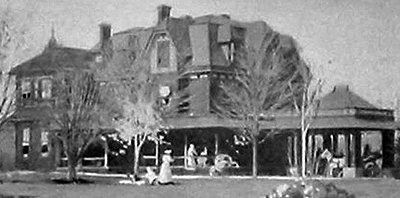
Charlie Pfizer, Willie Howard, and the Race Meeting
The original inn was built by Aaron Mellick for his son, John, who served in the Continental Army of the United States during the Revolutionary War. William “Willie” Howard, a member of the Essex Hounds Club of Peapack and an employee of Charles Pfizer Jr., bought the establishment in 1893 with his wife Bertha for $5,000 and ran it through the Prohibition Era. Howard also raised and trained fighting cocks at the inn until the activity was made illegal in New Jersey. Woodrow Wilson made the inn a stop on his re-election campaign tour in 1918, delivering a speech from the front porch.
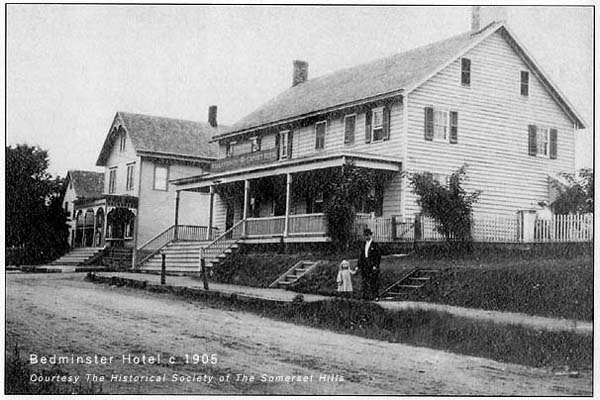
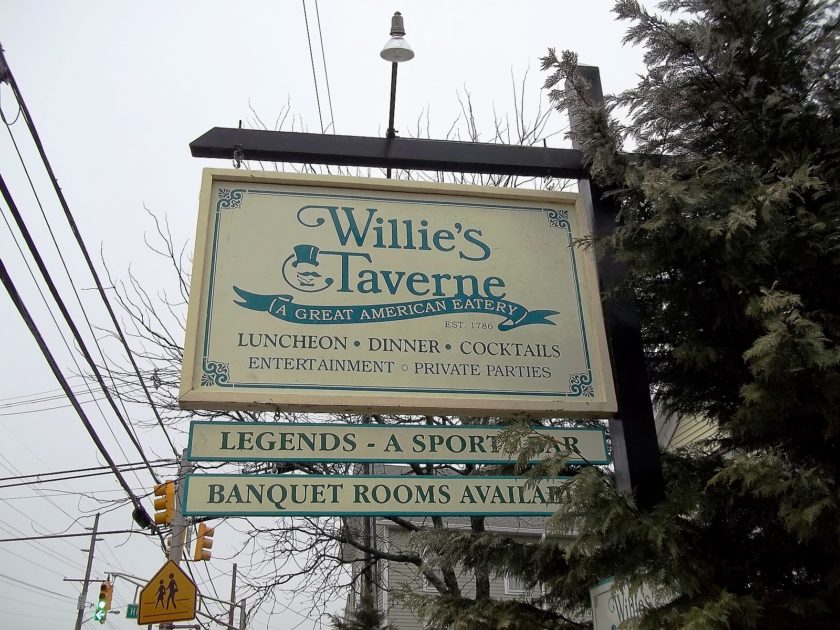
Willie was a huntsman and had a favorite horse “Ninette.” Being thrown from Ninette so many times, Willie was nicknamed the “India Rubber Man.” He named his youngest daughter after Ninette and even buried Ninette (the horse) behind the tavern. The name was later changed to Willie’s Tavern, which is now Delicious Heights. You can still grab a meal and a pint there today. Give a toast to Ninette and Willie!
The Race Card
As long as the Far Hills Race has existed, there have been 6 key races. Meanwhile, the Breeders Cup race is the most prestigious and pays the most. the New Jersey Hunt Cup is the most historic and has existed since its inception.
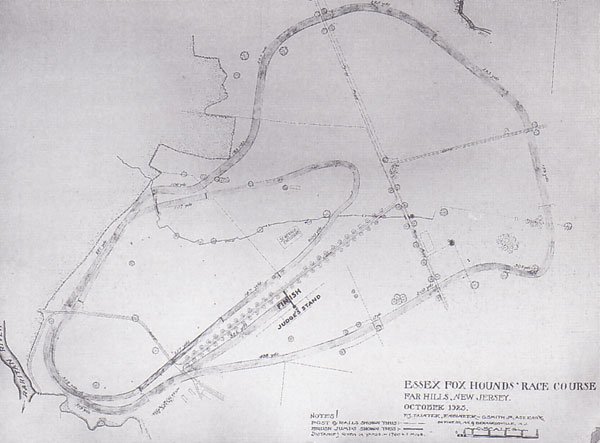
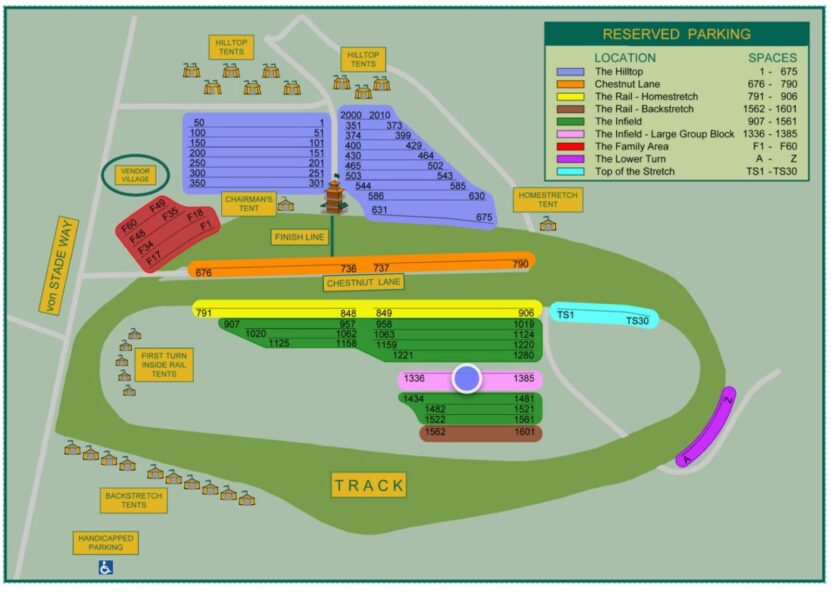
At The Far Hills Race Meeting, jockeys competed for purses totaling $575,000, the highest prize money on the steeplechase circuit but down slightly from from a previous high of $875,000.
- The Harry E. Harris. Four-Year-Old Hurdle Stakes. 2-1/8 Miles over National Fences. Total purse: $50,000 down from $75,000
- The Gladstone. Three-Year-Old Hurdle Stakes. 2-1/8 Miles over National Fences. Total purse: $50,000
- The Foxbrook Champion Hurdle. Sport of Kings Novice Hurdle Stakes. 2-1/2 Miles over National Fences Total purse: $75,000 down from $100,000
- The Appleton. Ratings Handicap Hurdle (130 or lower). 2-5/8 Miles over National Fences. Total purse: $50,000 down from $75,000.
- The John Forbes Memorial S. 2M, Turf, – $100,000.
- The Grand National (Grade I) is a hurdle Race over 2-5/8 Miles over National Fences. The total purse is $250,000, down from $450,000. ($150,000 goes to the winner.)
- The Maiden Special Weight – Open | 4-Year-Olds And Up -2 1/8M, Hurdle – $50,000.
Supporting Local Charities
Over the years the FHRM has supported a number of local charitable organizations. 2022 marked the first race of a three-year arrangement to raise money for six charities:

The Hunt’s Infield Pit aka “The Ghetto”
Sure there’s the high-end social side, but there’s also the darker side of the hunt. Back in the 1980s, something started to change: the drinking age in Jersey changed from 21 to 18. The Hunt “ghetto” was born.
Recent Racing Amenity Additions
- 2023 – A new reserved parking amenity was added so now you can get a great parking spot without a space.
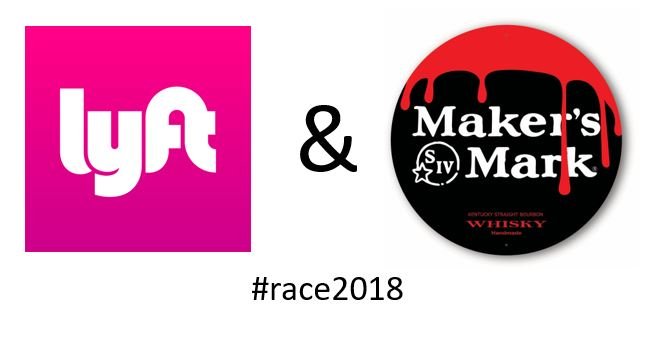
- In 2018, the ride sharing concept joined the Far Hills Race Meeting in partnership with Lyft. Lyft partnered with the Far Hills Race Meeting Association (FHRMA) and Beam Suntory, premium spirits maker of Maker’s Mark, to promote smart and responsible drinking as authorities continue to step up enforcement.
- In 2018, pari-mutuel wagering, from the French term meaning “amongst ourselves,” began being offered at the Hunt. In this method of wagering, the public is betting against each other, not against the racetrack. In effect, the track has no interest in the results of a race. The track deducts a percentage from each dollar wagered for payment of purses, state-directed equine programs, and expenses. The remainder of the pool (83% of the win, place, and show bets) is returned proportionately to the winners.
- In 2016, The FHRMA took in $4,185,646 and donated $100,000 to the Robert Wood Johnson University Hospital (RWJUH)

More about Far Hills, New Jersey
When the hunt is not in town….
